#opera history
Text

Today a performance of Meyerbeers Grand Opera „Les Huguenots“ 1891. This performance was the Debut from Lillian Nordica at The Metropolitan Opera.
#classical music#opera#music history#bel canto#composer#classical composer#aria#classical studies#maestro#chest voice#Les Huguenots#Giacomo Meyerbeer#Lillian Nordica#Dramatic soprano#soprano#Metropolitan Opera#Met#classical musician#classical musicians#classical history#history of music#historian of music#opera history#musician#musicians#diva#prima donna#cast
13 notes
·
View notes
Photo

Jules René Hervé, The Opera, Ballerinas at the Opera Garnier, 1940.
#1940#jules rené hervé#jules rene herve#opera garnier#paris#the grand opera#the opera#painting#art#french#french art#fine art#paris art#opera#paris opera#paris opera garnier#been there done that#herve#art history#opera history
6 notes
·
View notes
Text
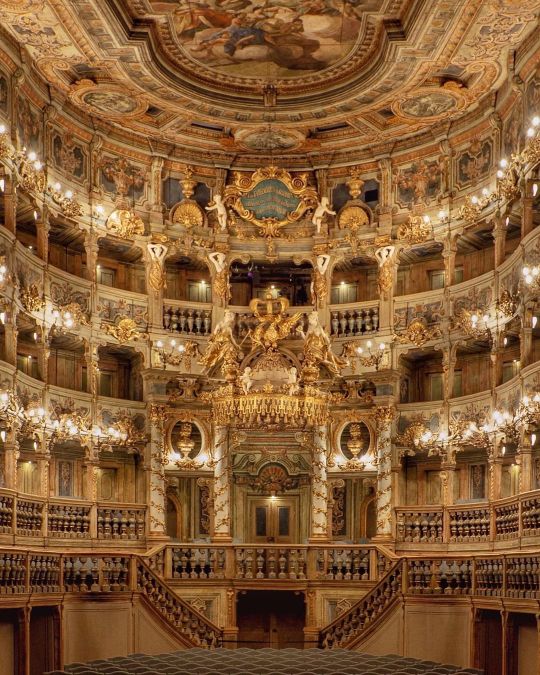
Margravial Opera-House, Bayreuth, Germany
Don’t be fooled though, it’s completely made only of wood!
@michaelthecanadian
#art#design#architecture#history#luxury lifestyle#style#interior design#interiors#germany#bayreuth#opera#opera house#millwork#margravial opera-house#michaelthecanadian
3K notes
·
View notes
Text

Captain Francis Crozier, at Furthest North.
#the terror amc#francis crozier#my art#can't believe it took me 2 rewatches AND getting refs for this to realize it's the hungarian state opera house. girl i was there last month#anyway yeah i was looking at gifsets of the last shot of the show and feeling nauseous with emptiness etc etc when#the thought struck me that it looks an awful lot like the tableau vivants from the ep1 flashbacks in its stillness#i have no idea whether that was an intentional reference (a sort of twisted mockery of how that scrubbed and polished portrayal of history#contrasted with the deeply sad and inglorious reality#or some sort of meta about storytelling itself. i'm not really smart enough to say lol) but i made this anyways. enjoy#pattern recognition go brrrrrrrrrrrrrr#i bent over backwards trying to make this symmetric and harmonious. it isn't but if i don't post it now i never will
1K notes
·
View notes
Text


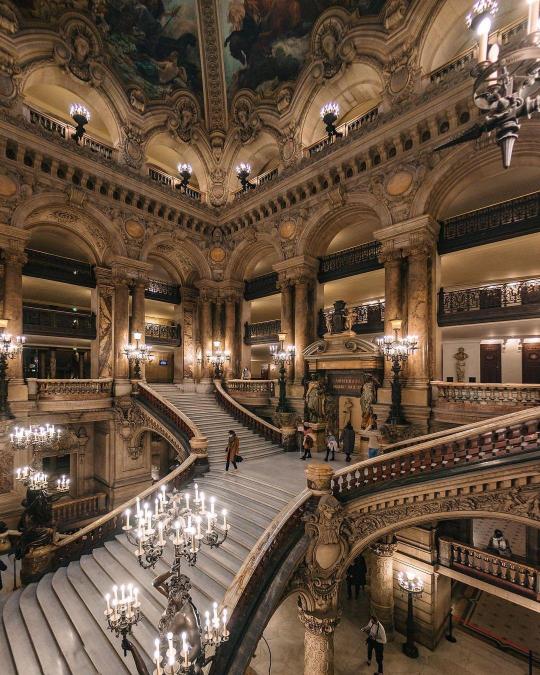




The Opera Garnier, is a renowned opera house in Paris, France. Designed by the architect Charles Garnier, it is a masterpiece of Second Empire architecture and was inaugurated in 1875. The Opera Garnier is celebrated for its opulent and ornate interiors, including the famous grand staircase, chandeliers, and Marc Chagall-painted ceiling. It continues to host ballet and opera performances and is an iconic symbol of Parisian cultural heritage.
📸: Andrea Perotta, Constance de Tourniel
#dark academia#light academia#classical#academia aesthetic#escapism#academia#books and libraries#classic literature#books#architecture#interior#design#old#historical#building#history#opera garnier#paris#france#second empire#1800s#19th century#royal core#cottage core#aesthetics#mood#vibe#tumblr#beautiful
2K notes
·
View notes
Text

opéra garnier, paris
#dark academia#dark acadamia aesthetic#art#beauty#light academia#mine#my photos#paris france#phantom of the opera#opera#opera garnier#architecture#art history#sculpture#historic architecture
2K notes
·
View notes
Note
Hi my friend wanted to ask about Chinese Opera and the red pom poms on their hats and their significance. I asked my mom and she said they were for decoration so I just wanted clarification
Hi! Thanks for the question, and sorry for taking ages to reply!
The pom poms you see on 盔头/kuitou (Chinese opera headdresses) are called 绒球/rongqiu (lit. "velvet ball"). They are often red, but can also be other colors, and vary in size. Ronqiu are decorative and serve to distinguish the many different types of kuitou from one another. Each type of kuitou is distinct in the number, size, and color of rongqiu that it's decorated with (of course, not all kuitou have rongqiu).
Below - a few different types of Beijing opera kuitou decorated with rongqiu (x):

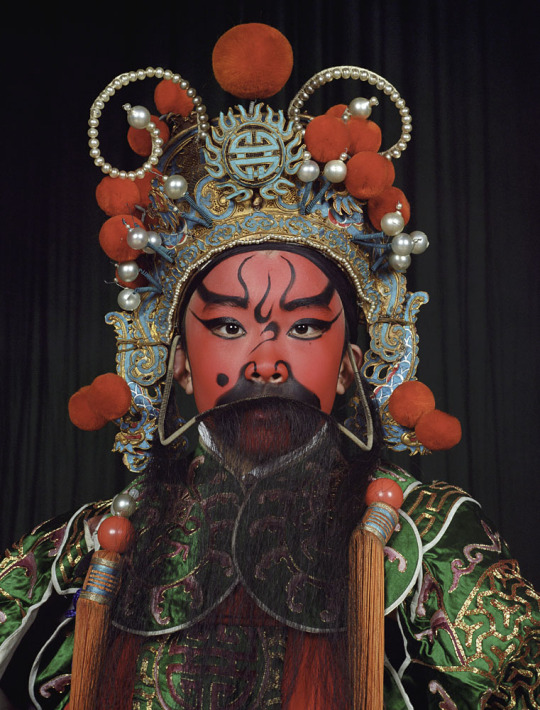
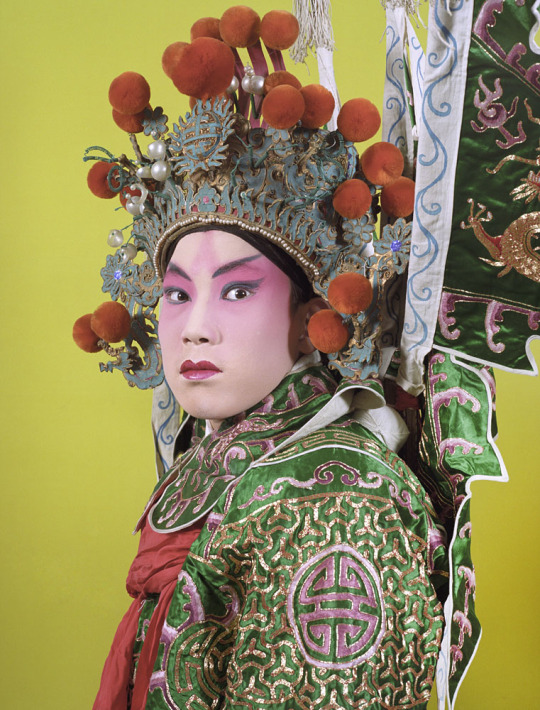
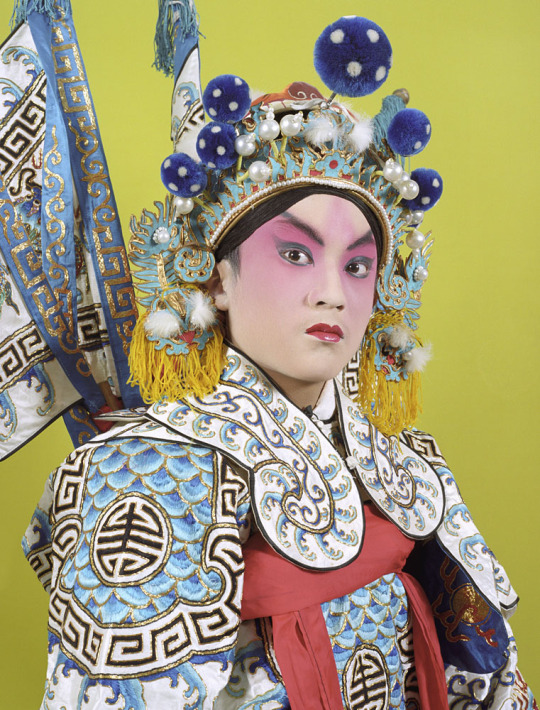

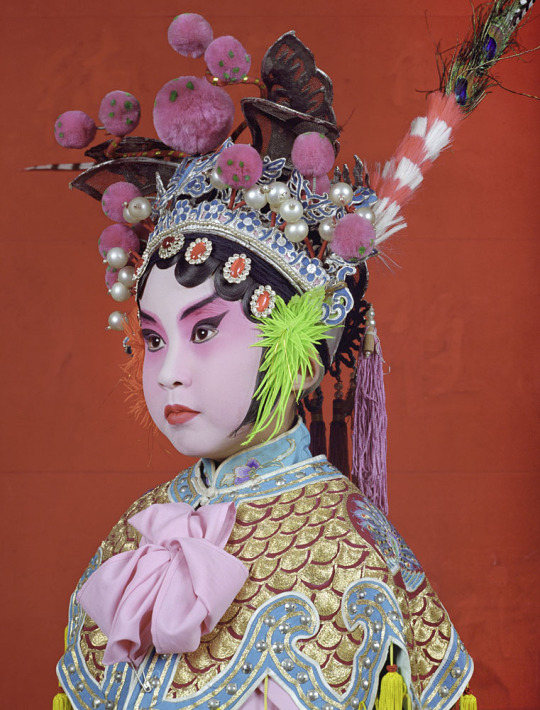
Rongqiu isn't used just for Chinese opera performances - it's a very common decorative item for Chinese headwear, especially for traditional/folk performances.
Below - examples of rongqiu use in folk custom/performance costumes, left to right: 1) 游神/youshen (wandering gods) procession in Fujian (x), 2) 英歌舞/yingge wu (yingge dance) performer in Guangdong (x), 3) & 4) 高跷/gaoqiao (stilt walking) performers in a 社火/shehuo parade in Gansu (x):

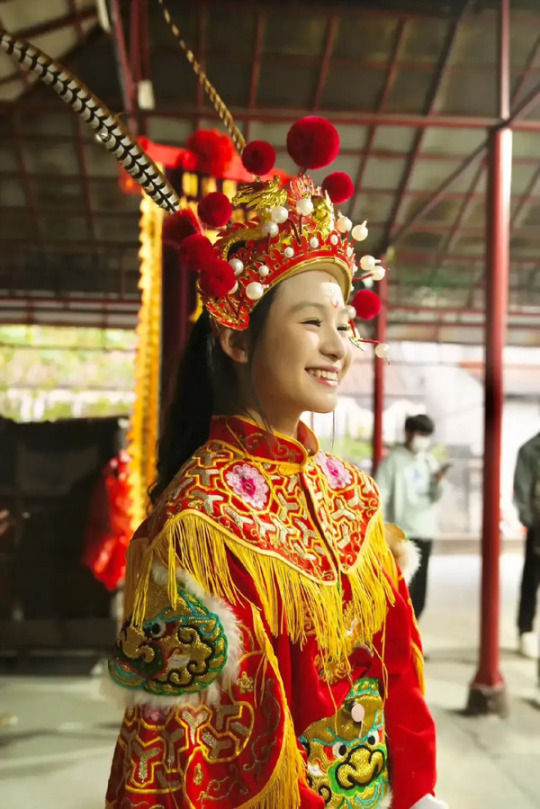

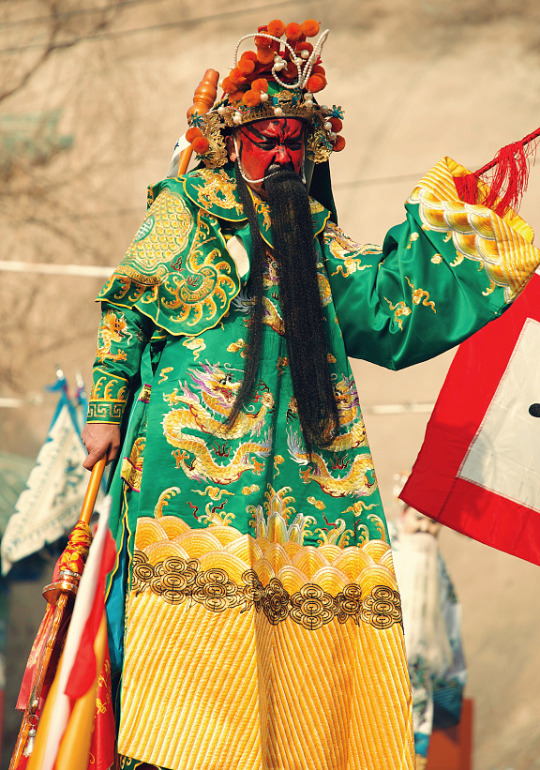
As a festive decoration, rongqiu was also widely used on bridal guan (crowns) from the Qing dynasty into the modern day.
Below - examples of rongqiu use in historical bridal guan: Left - a bride during the late Qing dynasty, circa 1890 (x); Right - a bride during the Republican era/minguo, in 1939 (x):
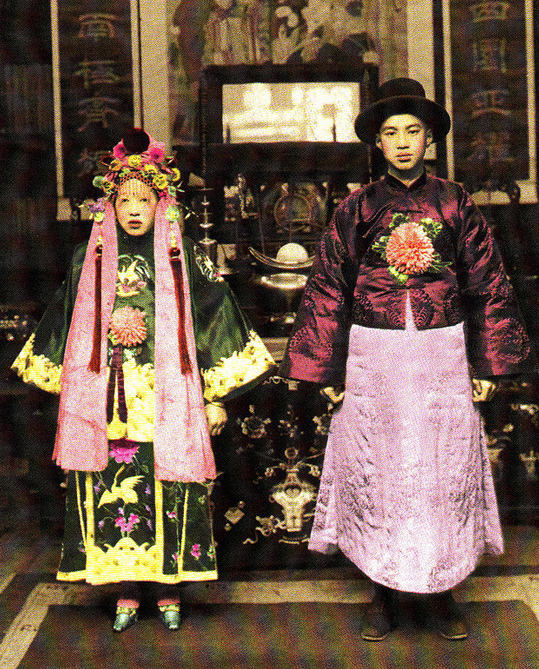
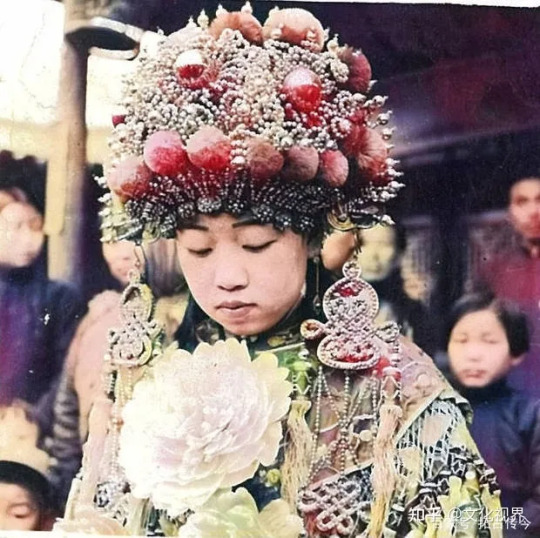
For some reason it's been extremely difficult to find sources on the origin of rongqiu that would shed more light on its significance, but based on historical paintings the use of rongqiu as a head ornament may have originated in the Qing dynasty. During the late Qing dynasty, it was fashionable among women to wear rongqiu on the sides of their hair, as can be seen in the paintings below (x):

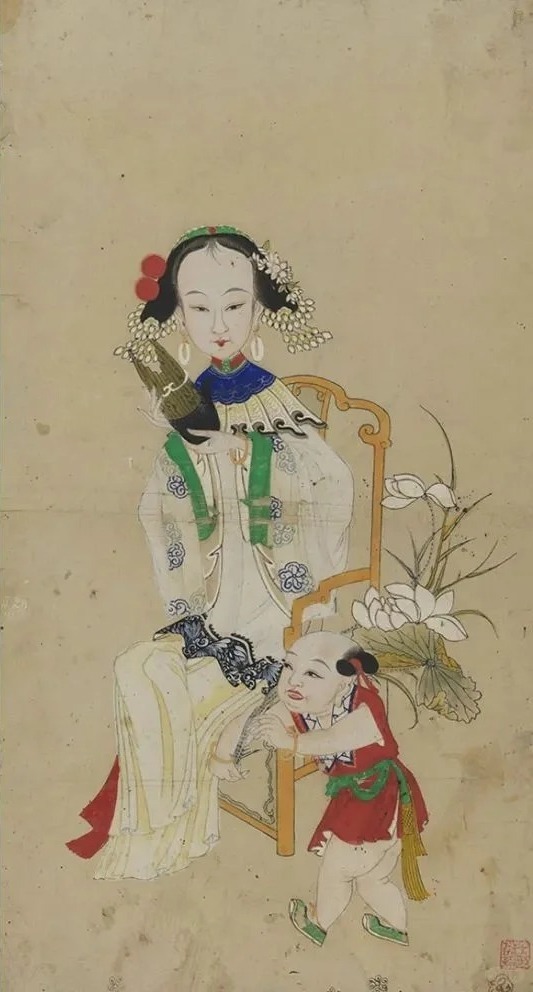
This particular style of rongqiu hair ornament was depicted in the 2012 historical cdrama 娘心计/Mother's Scheme:
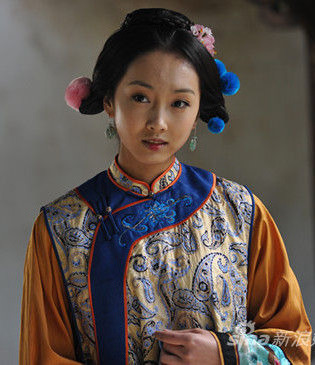
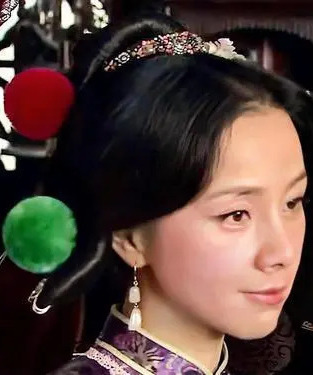
For more references, please see my rongqiu and kuitou tags.
If anyone has more information on the significance of rongqiu, please do share!
Hope this helps ^^
#rongqiu#pompoms#kuitou#chinese opera#opera costume#xifu#hanfu#history#reference#ask#reply#junpeicindystories#chinese fashion#chinese clothing#china
505 notes
·
View notes
Text
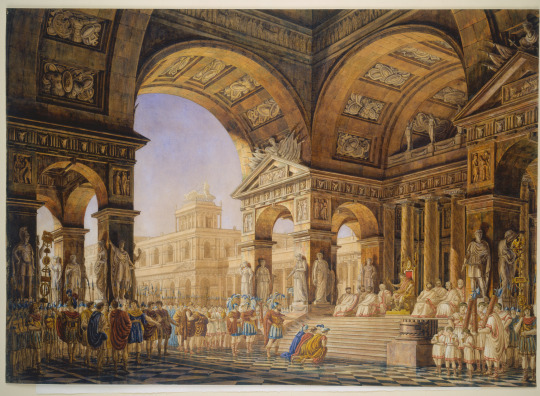

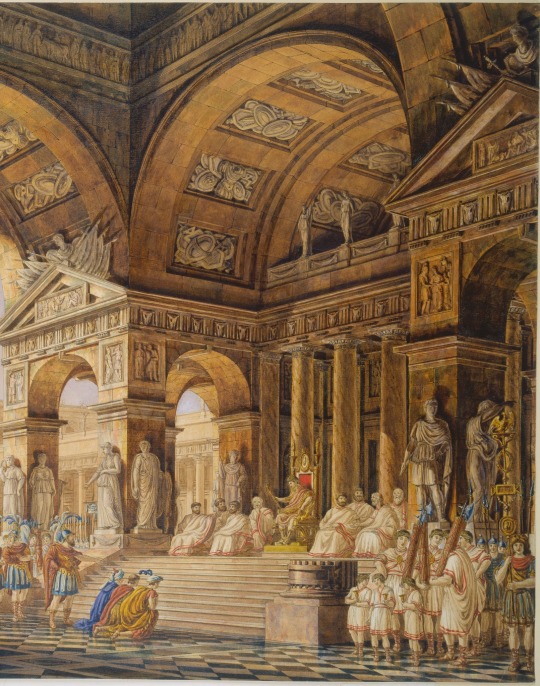
Scene from Mozart's Opera, La clemenza di Tito (The Clemency of Titus)
by Giorgio Fuentes
#wolfgang amadeus mozart#opera#art#titus#rome#roman#romans#ancient rome#emperor#antiquity#europe#european#history#architecture#mozart#ancient#giorgio fuentes
465 notes
·
View notes
Text
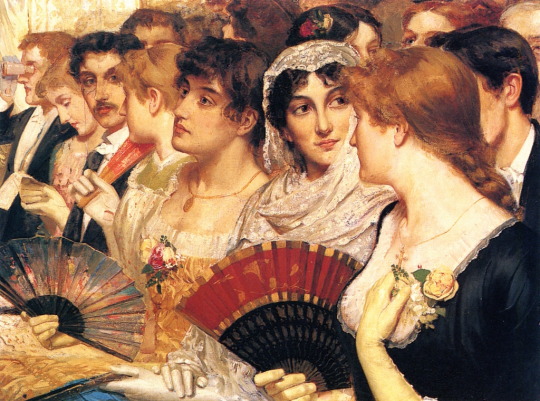
In the Front Row at the Opera (aka The Overture), William Holyoake, ca. 1880
Happy World Opera Day!
#art#art history#William Holyoake#genre painting#genre art#opera#World Opera Day#British art#English art#19th century art#Victorian period#Victorian art#oil on canvas#Glasgow Museums Resource Centre
595 notes
·
View notes
Text
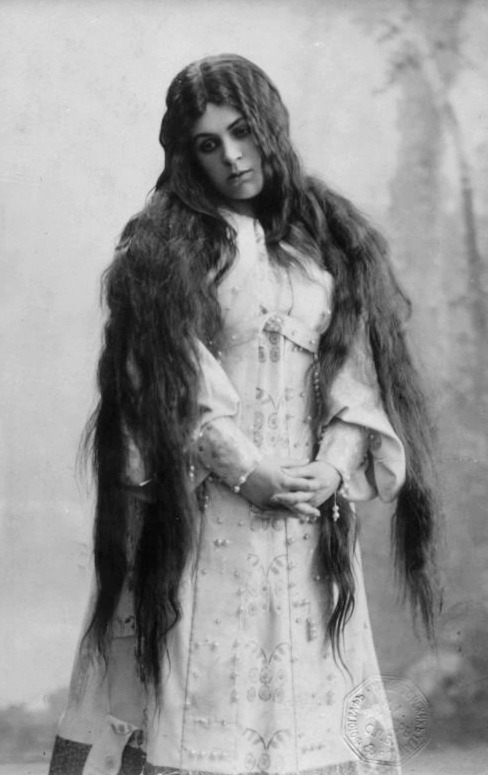
Russian opera singer Maria Cherkasskaya as Fevroniya in Rimskiy-Korsakov's opera "The Tale of the Invisible City of Kitezh and the Maiden Fevroniya",Saint Petersburg (1900s)
#Россия#Russia#vintage#photography#Санкт-Петербург#Saint Petersburg#city#русская певица#russian singer#singer#Europe#русская опера#russian opera#opera#Сказание о невидимом граде Китеже и деве Февронии#The Tale of the Invisible City of Kitezh and the Maiden Fevroniya#русская культура#russian culture#culture#history#русское искусство#russian art#art#russian#european#black and white#vintage photography#1900s#20th century
195 notes
·
View notes
Text

OTD in Music History: Important Russian “Nationalist” composer Modest Mussorgsky (1839 - 1881) is born into a wealthy land-owning Russian family.
Mussorgsky began receiving piano lessons from his mother (a trained pianist) at the age of six. He progressed rapidly, and at the age of ten he and his brother were taken to Saint Petersburg to continue their studies (which included music) at an elite school.
Mussorgsky's parents had also planned the move to Saint Petersburg so that both their sons would renew a longstanding family tradition of military service, and Mussorgsky was thus duly enrolled in the Cadet School Of The Guards at the age of 13.
Unfortunately, this proved to be a brutal environment – indeed, it probably instilled in young Mussorgsky the drinking habits which would ultimately lead him down to the path to terminal alcoholism. (According to another former student, the Head of the Academy at that time "was proud when a cadet returned from leave drunk with champagne.”)
Mussorgsky’s considerable skills as a pianist made him popular with his fellow-cadets, however, and he spent many evenings playing popular dances for his new friends.
Then, in October 1856, the 17-year-old Mussorgsky met the 22-year-old physician Alexander Borodin (1833 - 1887) while both men were serving at a military hospital. Even more portentous was Mussorgsky’s introduction, just a few months later, to Alexander Dargomyzhsky (1813 - 1869), who was then the most important Russian composer after Mikhail Glinka (1804 - 1857).
Dargomyzhsky was so impressed with Mussorgsky's pianism that he invited Mussorgsky to begin attending his soirees, and it was there that Mussorgsky also met Cesar Cui (1835 - 1918) and Mily Balakirev (1837 - 1910), and, through Balakirev, Nicolai Rimsky-Korsakov (1844 - 1908).
Thus was formed the core constituency of the historically important Russian “Nationalist” school of composers known as “The Mighty Five”…
PICTURED: A c. 1920s real photo postcard showing the middle-aged Mussorgsky sporting a very solid mullet.
#classical music#opera#music history#bel canto#composer#aria#classical composer#classical studies#maestro#chest voice#Modest Mussorgsky#classical musician#classical musicians#classical history#history of music#historian of music#opera history#Russian folklore#musician#musicians#diva#prima donna#Boris Godunov
15 notes
·
View notes
Text

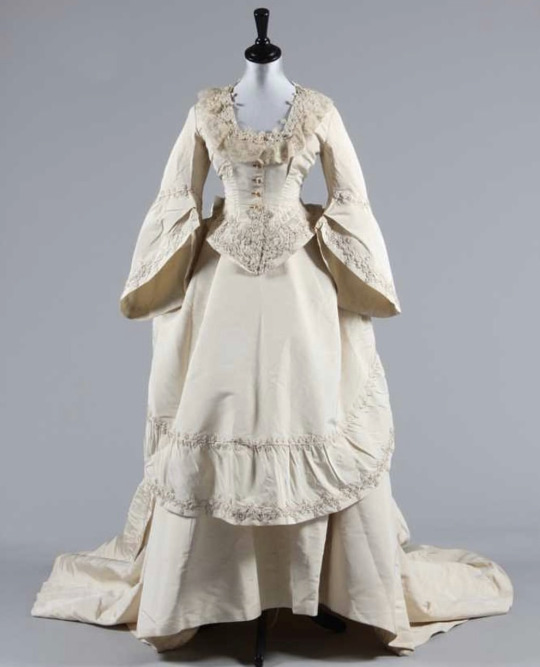
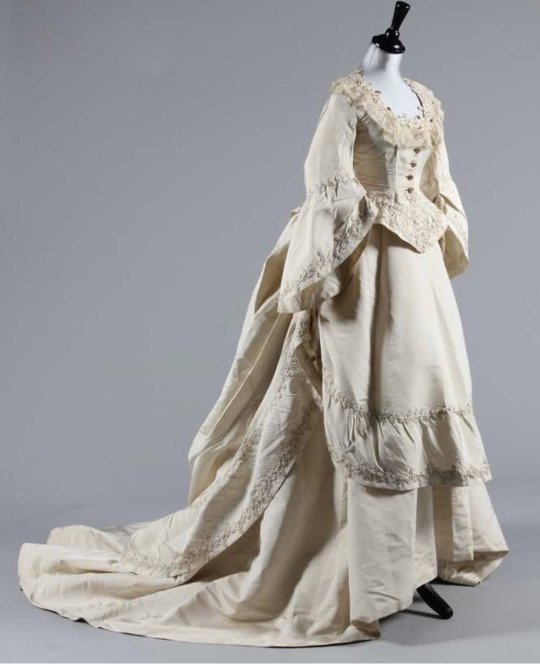

Wedding dress, 1871, Grand Magasins de la Paix in Paris, AKA hellooooo Christine’s wedding dress bodice!
This one was sold through Kerry Taylor Auctions in 2013
#wedding dress#wedding gown#phantom of the opera#christine daae#final lair#kerry taylor auctions#maria bjørnson#sure knew her fashion history
1K notes
·
View notes
Text
I wish more people talked about opera. like why aren't there more books and tv shows and movies about opera. opera is so fucking cool and it IS actually for everyone. thinking of opera as some elitist rich people ritual makes the problem worse and you miss out on so many opportunities to feel and experience art!!
the most frequent comment I hear is about the language barrier and not understanding what's going on, which I sooo get, but there is so much more to opera than the words and to think otherwise is to ignore how much other work goes into telling a story. in every direction there are people who have dedicated their lives to their craft. musicians and singers who have spent decades learning their instrument, designers and technicians who are creating the space, composers, conductors, stage managers, librarians. there is so much story that can be told through vocalization, instrumentation, setting, costume, lighting... and every performance is a showing of someone's life work. it's beautiful.
and yeah, the storylines are crazy and there's tropes out the wazoo but hey
it's opera
217 notes
·
View notes
Text
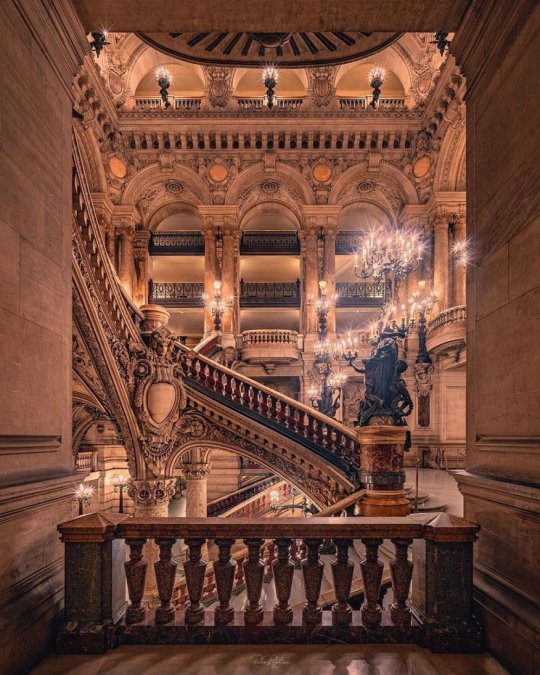
Palais Garnier, Paris, France
#art#design#architecture#history#style#luxurylifestyle#palais#palais garnier#opera#grand staircase#stairwell#paris#france#music
1K notes
·
View notes
Text
The fact that Shakespeare implied an entire fraught backstory to Beatrice and Benedick’s relationship with only five words - I know you of old - is so genius. This play is so genius. I don’t think I’ll ever get over the cleverness and subtly of writing in Much Ado.
#much ado about nothing#had a professor tell me once he preferred As You Like It bc the writing was ‘more nuanced than Much Ado which is a soap opera play’#and I was like did we??? read the same play???#where seemingly random scenes and conversations all create a backstory and strong & memoral personality/history for every character#much ado: the mother of all funny but kinda tragic romcoms#much ado: the mother of all believable relationships set in stories with absurd plots#much ado: a work of art
2K notes
·
View notes
Text


📍Margrave Opera House, Germany.
Pt. 1
#dark academia#light academia#classical#academia aesthetic#escapism#academia#books and libraries#classic literature#books#architecture#historical#building#interior#history#Margrave Opera House#germany#beautiful#royal core#cottage core#aesthetic#academic#mood#vibe#tumblr
517 notes
·
View notes